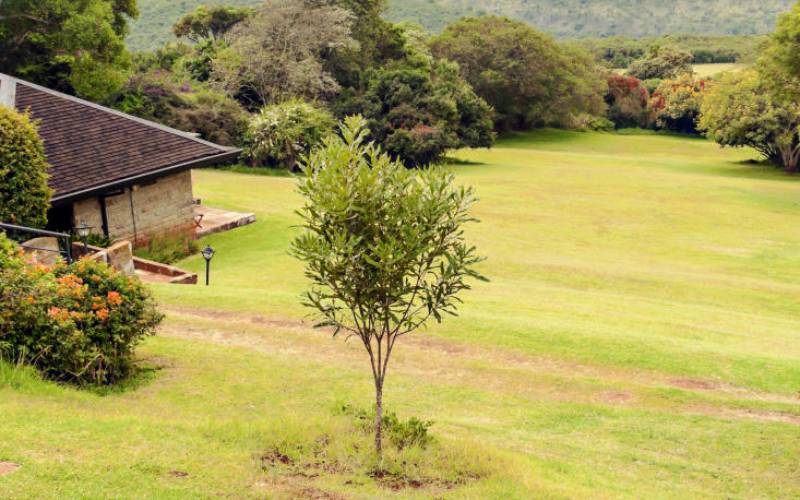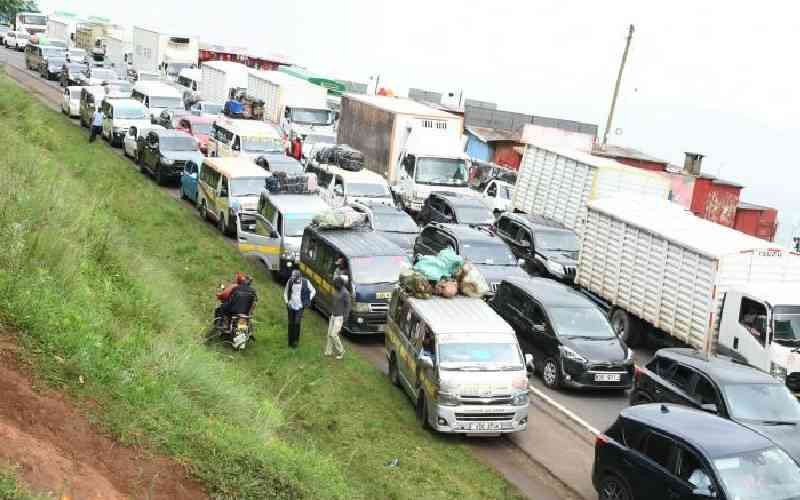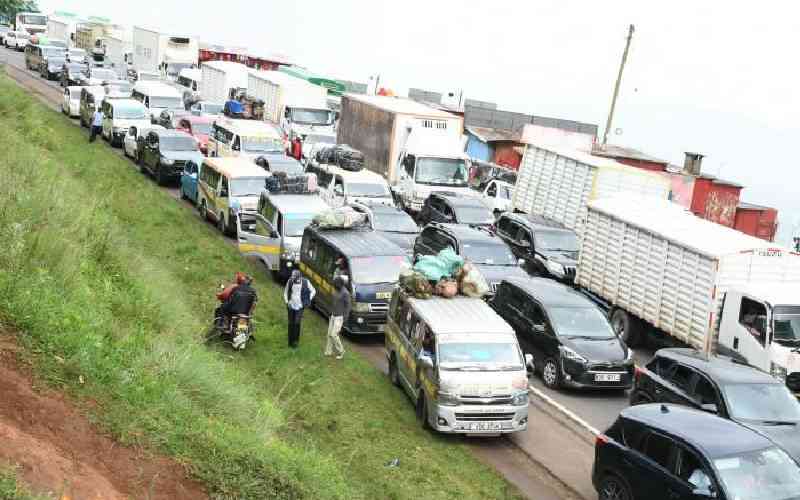
Economists and real estate analysts were still explaining why people were increasingly relocating from Nairobi’s suburbs to satellite towns further out when something happened.
Covid-19 hit last year and interfered with the trend. Some of the people relocating from the city were no longer settling in the secondary towns surrounding Nairobi. They were going straight to the countryside.
“Based on the fact that the city is the epicentre of the pandemic, there are many families who have shifted to the rural areas,” says Dr Njau Gitu, the director of Australia Education Global Advisors.
“And given the economic circumstances, they are unlikely to return.”
Peter Mburu, a Nairobi-based lawyer, concurs.
“People who probably work out of Nairobi but stay in Nairobi may find it difficult to keep on commuting in and out of the zone. As such, they may opt to stay out of the city,” he says.
The belief has always been that one can easily make something out of themselves in the city. It is a sea of endless opportunities, many say, and some people have come, seen and conquered.
But the cost of living in the city is high: Mercer’s Cost of Living Survey for 2020 ranked Nairobi 95th out of 209 cities.
Some of the jobs around cannot guarantee sustainability, with huge chunks of the income going to rent, food and transport expenses.
As such, many people cannot even afford decent housing. The government’s affordable housing scheme is still not yet fully realised.
According to the 2019 Kenya National Bureau of Statistics census data, Kenya has 7.4 million rural households and 4.7 million urban households.
Out of those, 4.7 million are rented. And out of these, 3.7 million are in the urban areas with 1.4 million in Nairobi.
Majority of the houses owned by those who live in them are in the rural areas. Almost all of them are constructed by the dwellers.
And a good number of them are built using materials that would not be a fit in the city: iron sheet or dung walls and grass thatching.
Stay informed. Subscribe to our newsletter
“The proportion of households owning the main dwelling unit they occupied was 61.3 per cent while those occupying rented or provided dwelling units were 38.7 per cent.
Majority (93.9 per cent) of the owned dwelling units were constructed, 3.3 per cent were inherited and 2.8 per cent were purchased,” said KNBS in the Kenya Population and Housing Census, 2019.
Battered by high rents amid declining earnings, many people have been pushed out of the city. It is highly unlikely that some of them will even want to remember their time in Nairobi.
“Lockdowns also reduce people’s incomes and especially many who pay rent have moved out of the city after they lost their sources of income,” says Dr Mburu.
“Many residential properties especially in high-end Milimani, a bit of Kileleshwa and Westlands have seen quite a high number of tenants vacating flats and bungalows out of inability to keep up with the high rents.”
He is not sure if the migration will be reversed soon.
“People have moved from the city, alright, but as to whether or when they come back depends on how Covid-19 behaves and how economic activities pick up,” he says.
Famous entertainer George Njuguna, popularly known as Deejay Crème de la Crème, escaped the city when the going got tough in the entertainment industry.
He went to his parents’ home in Kericho to pay a visit and the visit turned into a permanent stay.
Clubs were closed and his career hit turbulence. When cessation of movement into and out of five counties was announced in 2020, with Nairobi among the no-go zones, he had to stay put in Kericho.
Fate had smiled upon him and it turned out to be a blessing in disguise.
“In Nairobia, you will find that you are making money just to pay bills,” DJ Crème said in an interview with The Standard.
“If you compare life in Nairobi to that in Kericho, you will find that life here in the countryside is cheaper and a person can save more and lead a better quality life.”
The DJ paid Sh85,000 monthly in rent at Loresho, Nairobi.
“Now I pay Sh30,000 for a beautiful property sitting on a quarter acre of land,” he said.
Gitu says the reverse of rural-urban migration that has long been debated with earnest is unfolding.
“There is an urban-rural migration,” he says. “This is driven by the Covid-19 pandemic with the attendant social economic challenges.
“Also, properties are more affordable in the rural areas.”
The claim of affordability has been a constant one among real estate experts, largely because of what they have often claimed is the exaggeration of property prices in Nairobi.
Kenyans living in towns and surrounding urban areas quadrupled from eight per cent in 1963 to 32 per cent in 2019.
The 2019 census shows that 39 per cent of Kenyan households, comprising about 15 million people, are in urban areas.
And the city has become congested, with rates of crime, homelessness and poor sanitation rising by the day.
[email protected]
 The Standard Group Plc is a
multi-media organization with investments in media platforms spanning newspaper
print operations, television, radio broadcasting, digital and online services. The
Standard Group is recognized as a leading multi-media house in Kenya with a key
influence in matters of national and international interest.
The Standard Group Plc is a
multi-media organization with investments in media platforms spanning newspaper
print operations, television, radio broadcasting, digital and online services. The
Standard Group is recognized as a leading multi-media house in Kenya with a key
influence in matters of national and international interest.
 The Standard Group Plc is a
multi-media organization with investments in media platforms spanning newspaper
print operations, television, radio broadcasting, digital and online services. The
Standard Group is recognized as a leading multi-media house in Kenya with a key
influence in matters of national and international interest.
The Standard Group Plc is a
multi-media organization with investments in media platforms spanning newspaper
print operations, television, radio broadcasting, digital and online services. The
Standard Group is recognized as a leading multi-media house in Kenya with a key
influence in matters of national and international interest.









